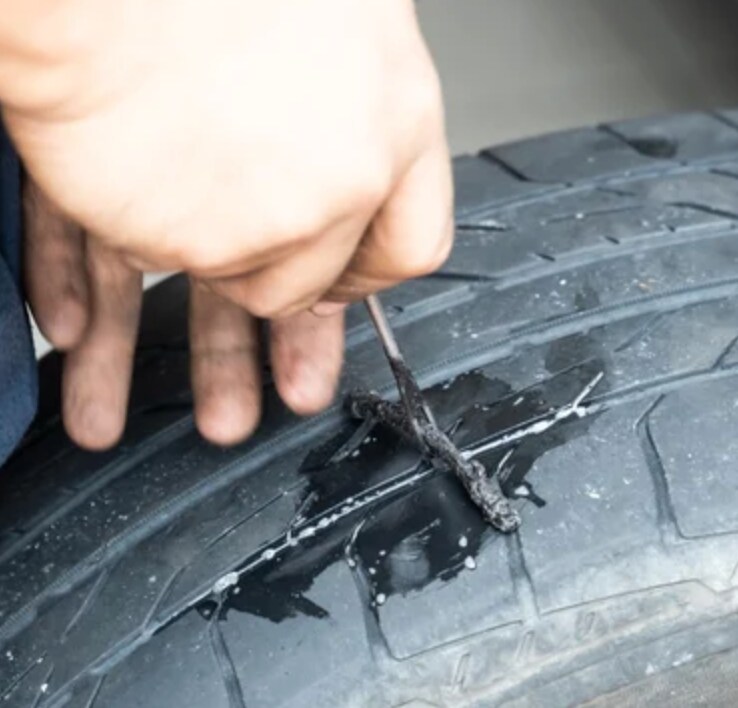

When it comes to flat tires, prevention is better than a cure, though not always possible. Road debris doesn’t discriminate; nails and other sharp objects don’t care whether you’re in rush-hour traffic or cruising down an open highway. Regardless of how carefully you drive, punctures are bound to happen. The key lies in understanding your options when they do occur. Many drivers find themselves at a crossroads between opting for a plug or a patch—a decision often dictated by accessibility to tools and personal expertise.
A tire patch involves removing the wheel from the vehicle and applying an adhesive-backed patch on the interior side of the puncture after properly preparing the surface. This method provides durable results if done correctly, but requires more knowledge and tools than plugging does. Conversely, tire plugs are accessible solutions that can be used by anyone, anywhere. They are made of a sticky rubber material and inserted into the puncture from the outside, sealing it instantly.
While tire plugs may seem like an easy fix, they do have their limitations. Plugs are not recommended for large punctures or damage near the sidewall of the tire. Additionally, if not done properly, plugs can become loose and cause air to leak out again. In these cases, a patching method would be more suitable for a long-lasting fix.
In some cases, it may not be possible to repair a tire, and it will need to be replaced. This is usually the case when there is significant damage to the sidewall or if the puncture is too large or in an unsafe location. In these situations, it's important to consult with a professional mechanic or tire specialist to determine the best course of action.
Source: SlashGear